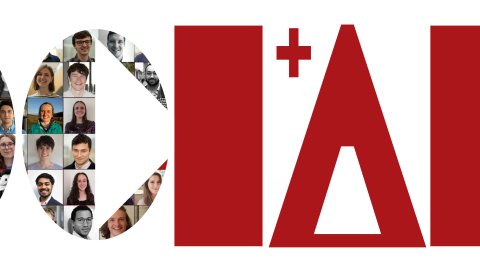12:45
Large-N Non-Supersymmetric 6D CFTs: Hologram or Mirage?
Abstract
In this talk I will present a large class of non-supersymmetric AdS7 solutions of IIA supergravity, and their (in)stabilities. I will start by reviewing supersymmetric AdS7 solutions of 10D supergravity dual to 6D (1,0) SCFTs. I will then focus on their non-supersymmetric counterpart, discussing how they are related. The connection between supersymmetric and non-supersymmetric solutions leads to a hint for the SUSY breaking mechanism, which potentially allows to evade some of the assumptions of the Ooguri-Vafa Conjecture about the AdS landscape. A big subset of these solutions shows a curious pattern of perturbative instabilities whenever many open-string modes are considered. On the other hand an infinite class remains apparently stable.


